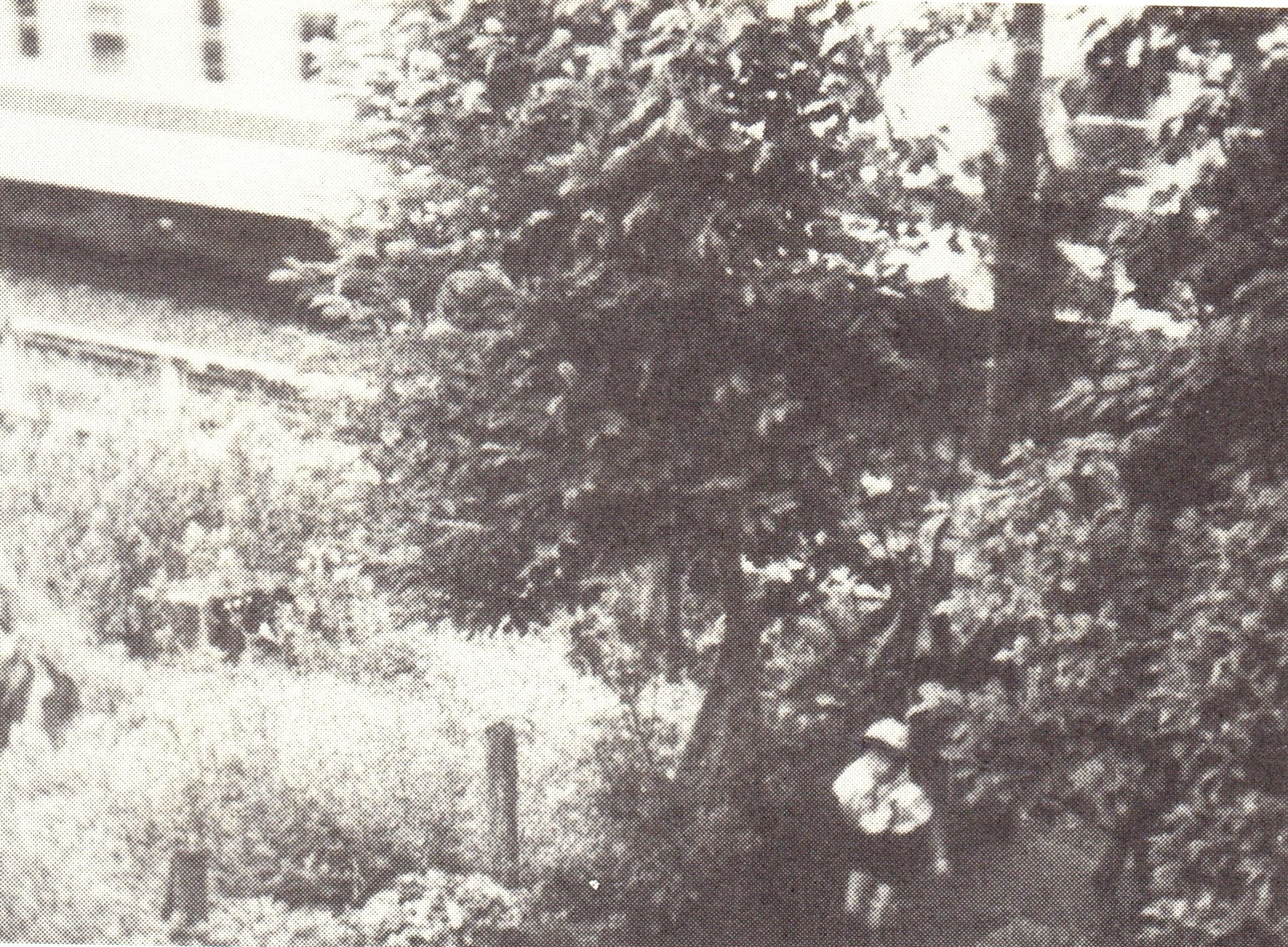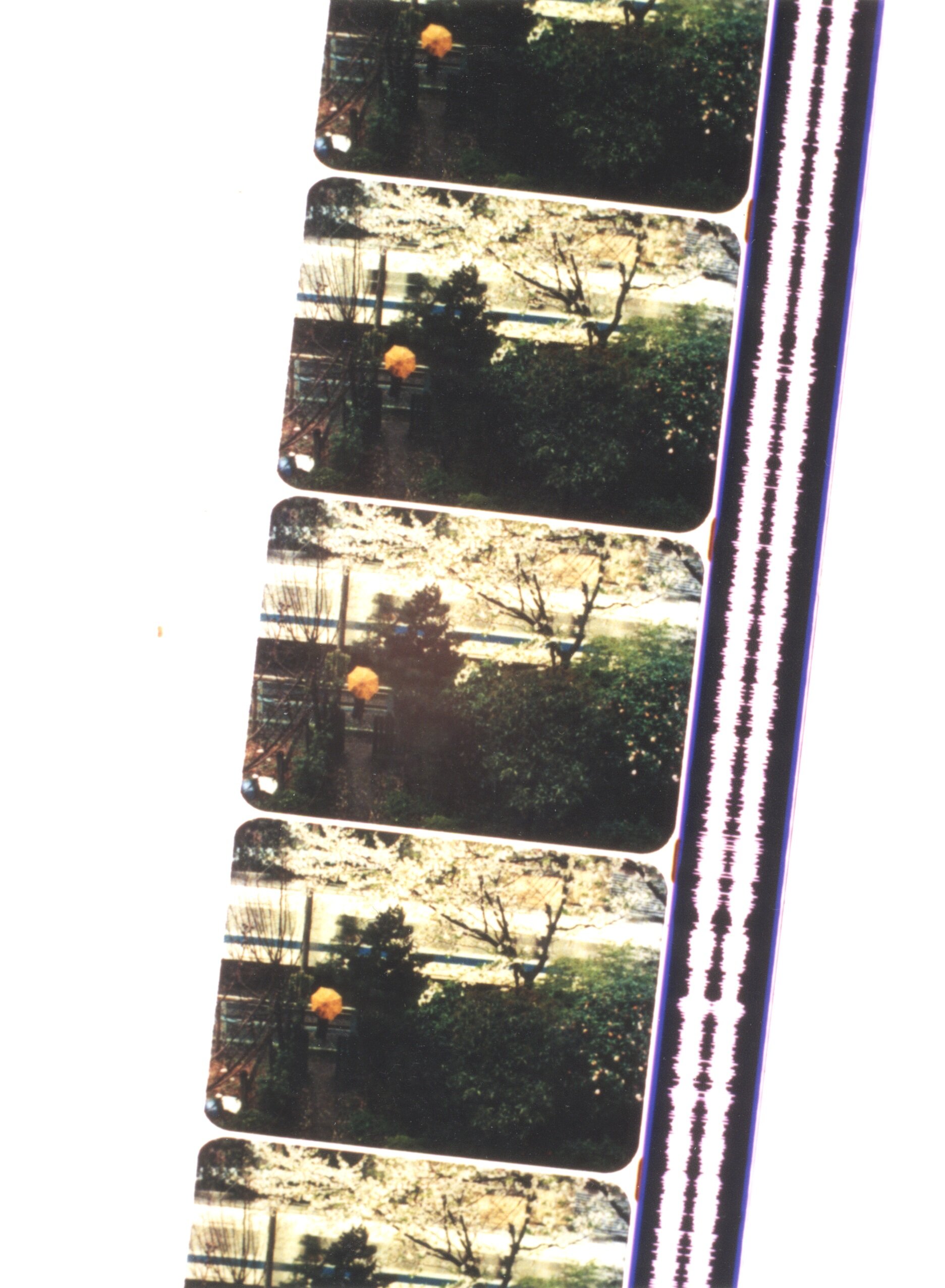We are excited to begin 2021 with filmmaker Kohei Ando's works in our Monthly Membership Feature. Running monthly through April, members will have the chance to view Ando's works. Born in 1944, Kohei Ando received bachelor’s degree from Waseda University then went on to study at L'Ecole Centrale in Paris. Ando acted in Shuji Terayama's theatrical production "Les Enfants du Paradis" and traveled with Terayama in Europe. Using a 16mm camera he purchased with Terayama, Ando produced first film, Oh! My Mother (1968). Read more about him on our website.
First up in January:
Like a Train Passing, 1978, 16mm, 3 min
Soft like velvet dyed with monochrome violet blue, this 3-minute film takes the train passing next to a home as its main motif. Capturing daily life with beautiful color palette, window reflections, light, and seasoned with memories from boyhood, the texture of feeble transience is hard to forget. The wavering of the camera, trains passing, the movements evokes similar baroque dizziness of Brakhage’s Wonder Ring (1955).
(From: Norio Nishijima, Umaretsutsu aru eizo jikken eiga no sakka tachi (1991, Bunsaisha))
Like a Train Passing 2, 1979, 16mm, 7 min
Like a Train Passing 2 parallels a literary image in Gabriel Garcia Marquez’s novel One Hundred Years of Solitude: image of a train so long that it takes a year to pass through a station. The film comprises an image of a train passing the hedge at the bottom of Ando’s garden. As the camera looks down from an upstairs window, seconds elide into hours and months elide into the passing seasons. The images are projected at a constant speed, but they simultaneously dilate and contract time. If there is such a thing as the opposite to a clock, this film is it. It constructs an anthology of fleeting moments.
(Tony Rains, Film Critic)


